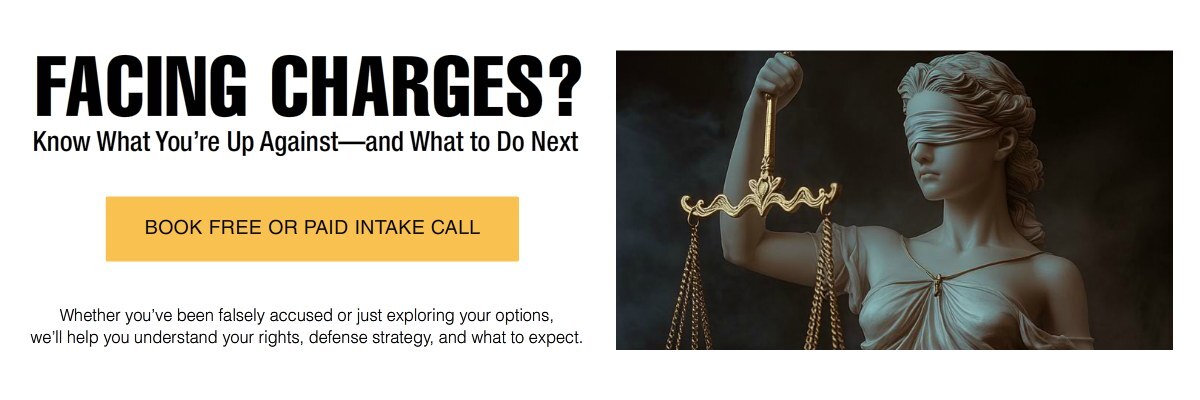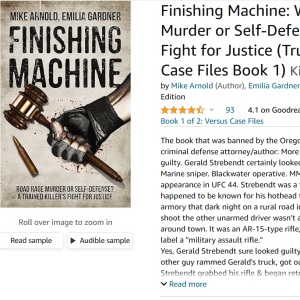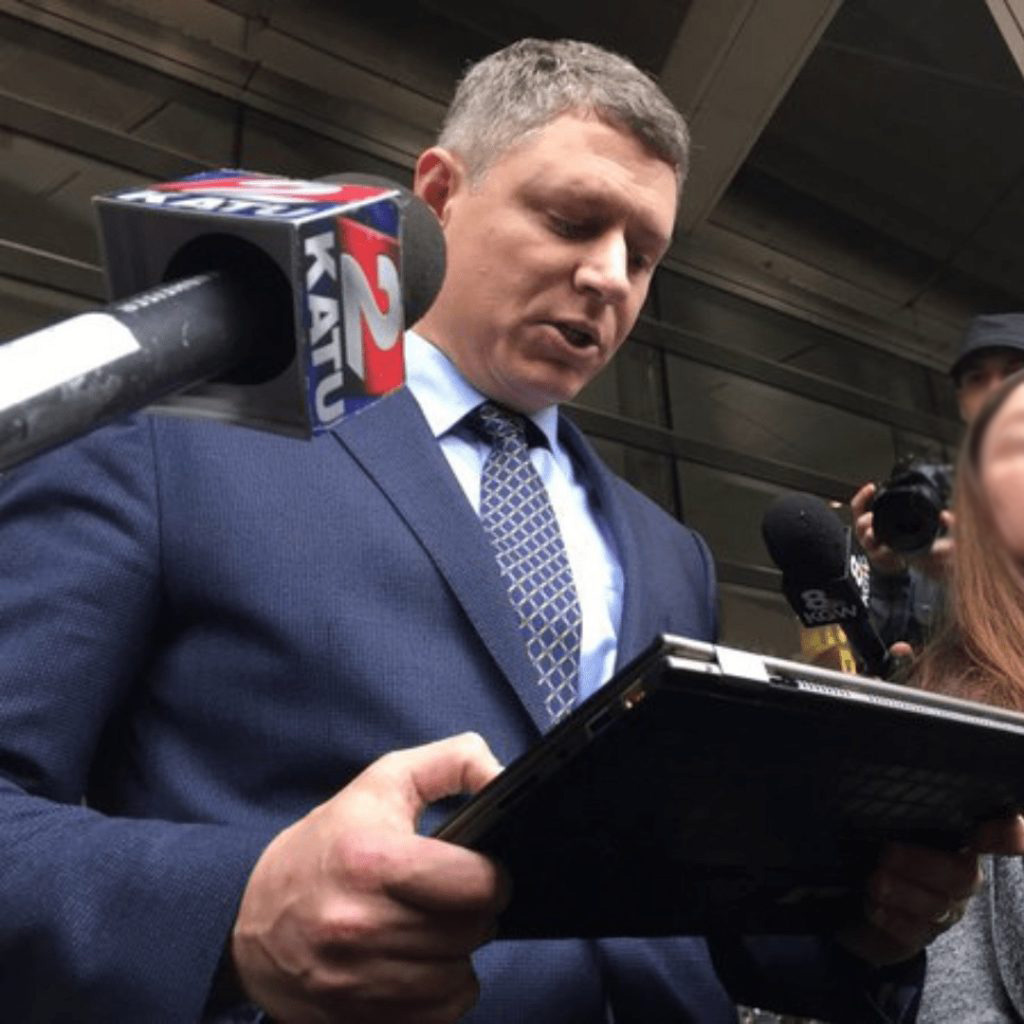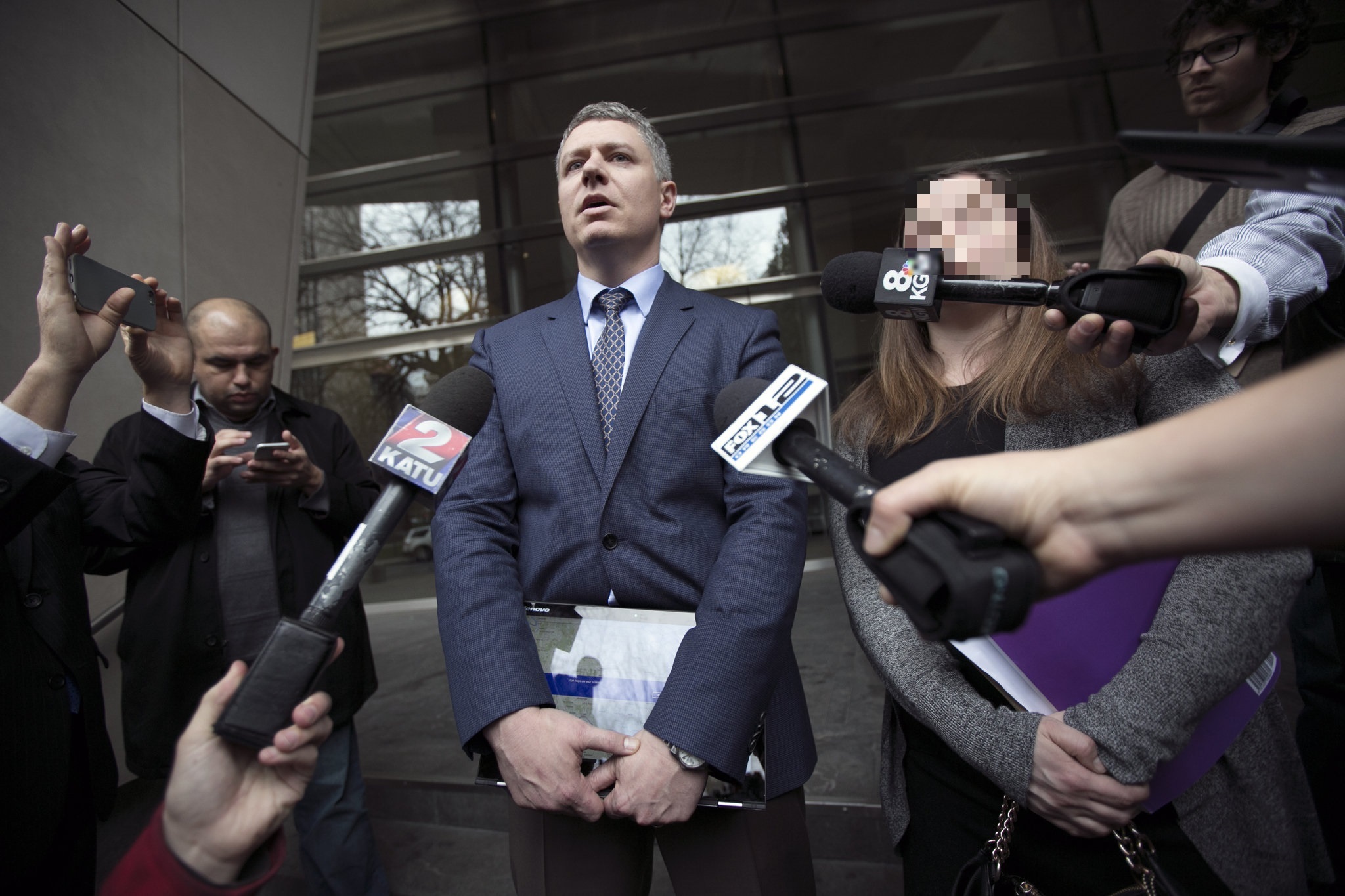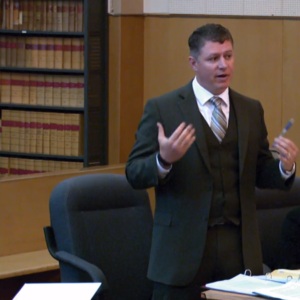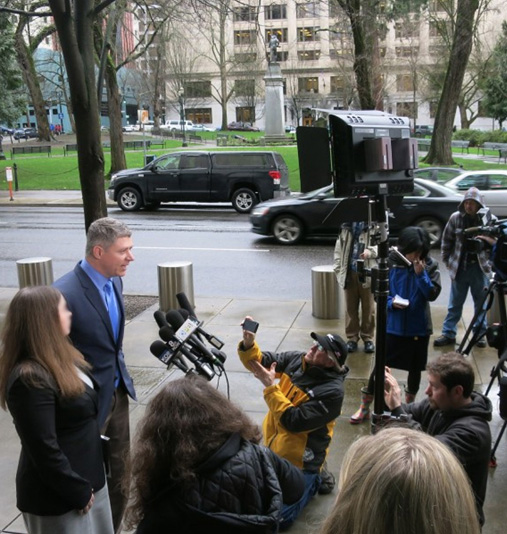The Art of Trial Storytelling
Sep 02, 2025 Storytelling & Strategy
Facts can’t totally speak for themselves. Storytelling is needed to help things make sense in the minds of a jury. Every trial has two stories running in parallel: the one happening in court, and the one playing out in the minds of the jurors.
In this blog, you’ll learn:
• How skilled defense attorneys give jurors a role to fulfill
• Why effective defense plays out more like a narrative than a legal puzzle
• How a jury’s “Not Guilty” verdict is a personal decision they have to be fully at home with
• Why the clarity of the story matters more than the volume of the facts
When jurors hear a case, they’re trying to get their bearings. Who’s telling the truth? Who’s leaving things out? What’s the motive behind that detail? The conclusion is for them to find, so we try to build a path toward the outcome we know is right. Because if the story doesn’t feel right, it doesn’t matter how much evidence is stacked up.
Good defense work meets jurors where they already are—uncertain, cautious, trying to figure out who they can trust. We don’t over-explain. We offer a version of events that fits what they’re already seeing. We slow the pace. We leave room for doubt. We ask better questions. Not because we’re trying to outtalk the prosecution, but because we know jurors are listening for something that clicks. If the state’s story doesn’t hold, we don’t have to knock it down—we just let it collapse under its own weight.
And when the defense story clicks, something shifts. The juror realizes: this is my call. It’s not about what the group thinks. It’s about whether they believe the state did what it said it would do—prove it beyond a reasonable doubt. If that bar isn’t cleared, the juror has only one job left: say so. Out loud. In writing. On the record. That’s when the story ends. And for one person in that courtroom, it ends exactly where it should—with a quiet, firm “Not guilty.”








